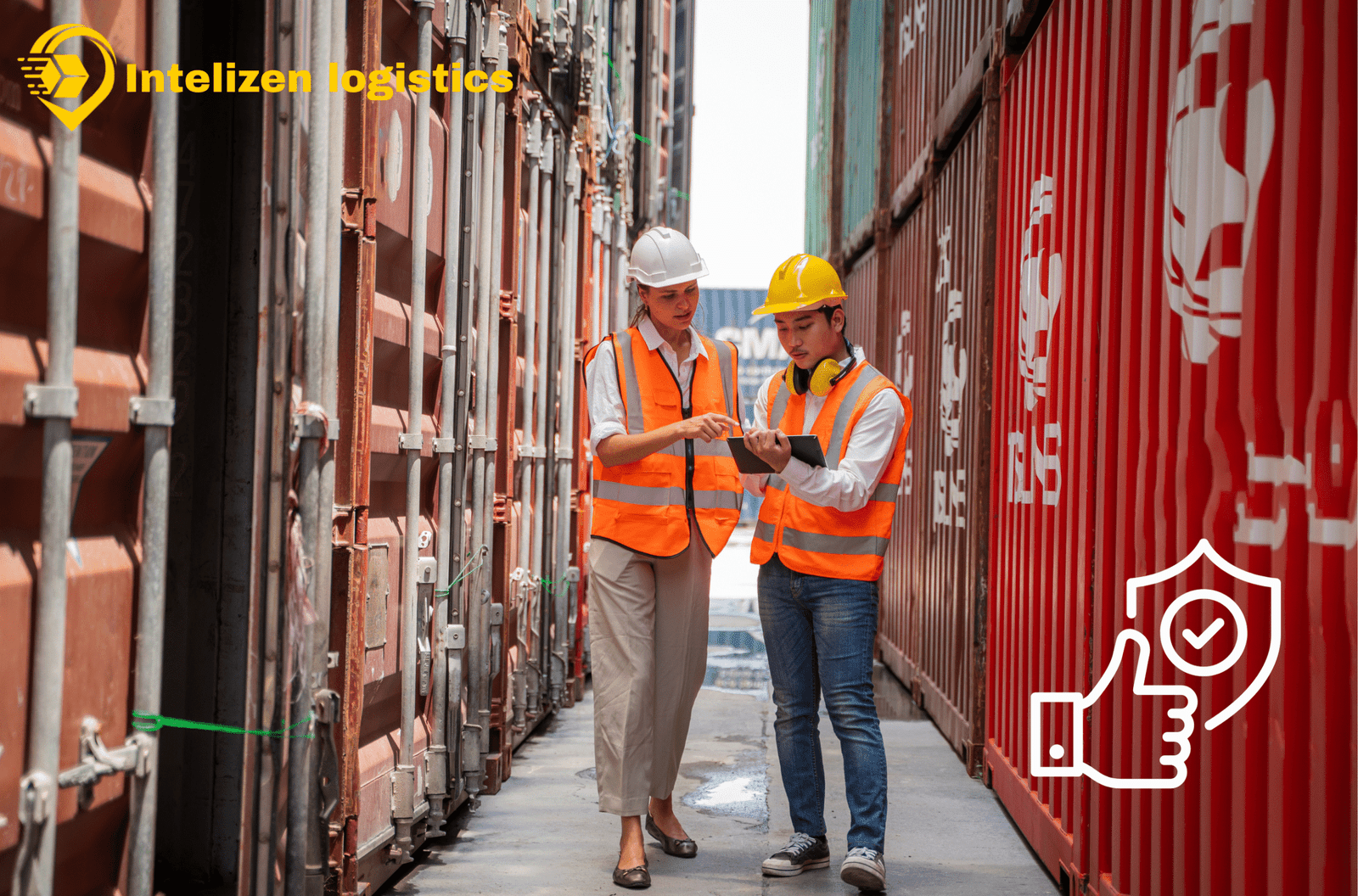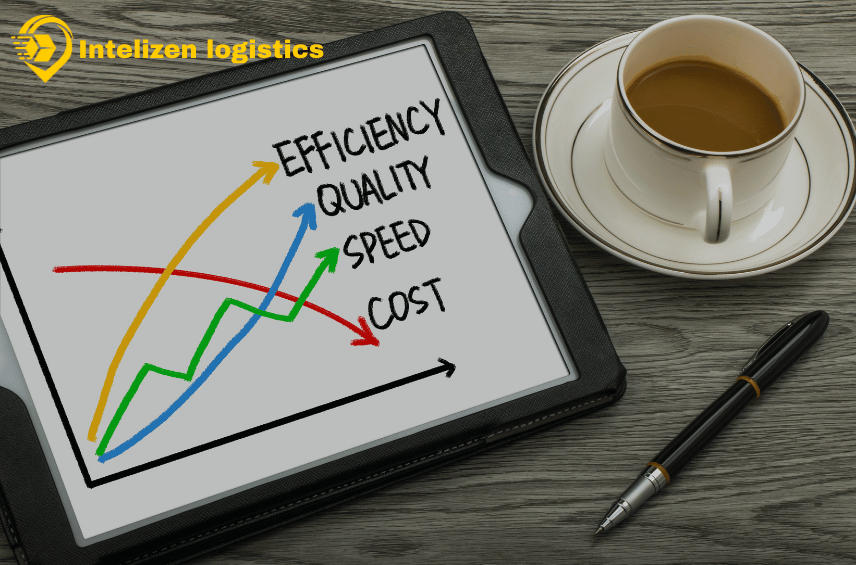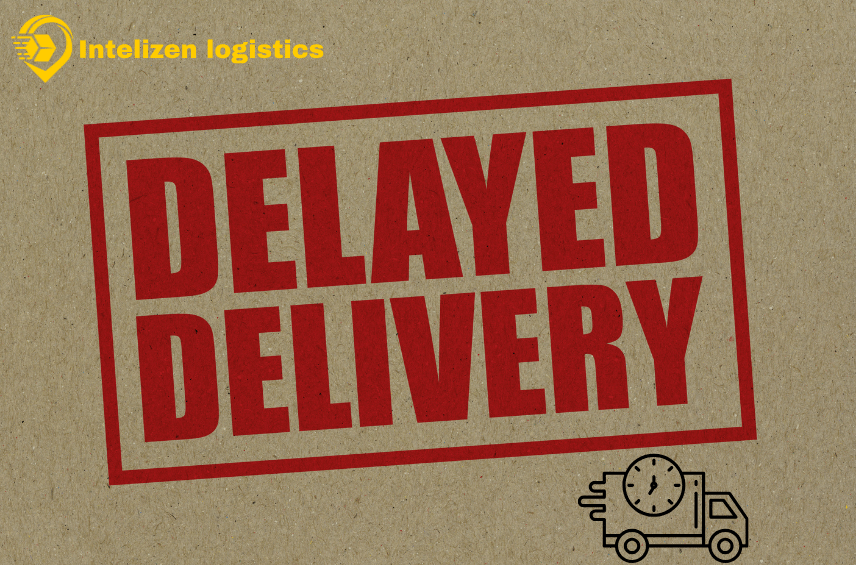In today’s dynamic world, logistics stands as the unsung backbone making modern life possible. Whether you’re transporting bikes, vehicles, or anything in between—across state-to-state routes, within local Indian cities, or on rails and roads—dependability in shipping isn’t just a convenience—it’s a business imperative. Let’s delve into why transportation industry stakeholders, customers, and partners are placing unprecedented importance on supply chain reliability in 2025.
1. Heightened Customer Expectations Demand Consistent Delivery
Consumers, businesses, and partners expect seamless experiences now more than ever. In the transportation industry, it’s no longer enough to deliver—packages must arrive on time, intact, and transparently tracked. From local motorcycle shipments within Hyderabad to multi-state auto relocations, punctuality and clarity define perception. Reliable delivery builds trust, strengthens relationships, and boosts brand reputation—especially critical when competition and choice are just a click away.
2. Complex Supply Chains Amplify Risk and Ripple Effects
Supply chains nowadays are intricate, interconnected, and vulnerable. An unreliable leg—like a delayed bike shipment via train—can disrupt warehouse schedules, upset inventory planning, or even force costly emergency reroutes. Industries, especially with intermodal operations, can’t afford these inefficiencies. Ensuring robust and predictable logistics systems enhances operational resilience and avoids cascading delays.
3. Digital Tools & Real-Time Visibility Transform ETA Accuracy
Gone are the days of static scheduling. Modern logistics now leverage real-time vessel and rail monitoring, GPS tracking, weather data, and AI-inspired predictions to dynamically update ETAs. For instance, container shipping insights highlight how accurate ETA systems—powered by AI and updated continually—can dramatically enhance supply chain effectiveness by anticipating changes and enabling proactive decisions.
This shift towards live tracking isn’t limited to maritime shipping. In India’s growing rail and road transportation ecosystem, integrating real-time data transforms transparency across the transportation industry—from bikes and vehicles to bulk cargo—ensuring each shipment is traceable, predictable, and manageable.
4. Rail Freight: A Resilient Backbone for Long-Distance and Heavy Hauls
Rail shipping is increasingly recognized for its dependability—especially over long distances or for heavy loads. Key advantages include:
- Cost Efficiency: Trains move a ton of freight hundreds of miles on just one gallon of fuel. This translates to significantly lower and more predictable per-unit transportation costs compared to trucking.
- Environmental Sustainability: Rail emits up to 75% fewer greenhouse gases per ton-mile than trucks—a crucial advantage in a world focusing on ESG goals and carbon efficiency.
- High Capacity & Scalability: Freight trains carry enormous volumes, often replacing hundreds of truckloads. For large or consistent freight flows—like vehicle parts, construction equipment, or bulk goods—this scalability is unmatched.
- Enhanced Safety & Security: Rail operates on stable, dedicated routes with fewer theft or accident risks. Sealed containers and controlled environments boost shipment integrity.
- Intermodal Synergy: The integration of rail with road—especially for last-mile delivery—delivers cost-efficiency and flexibility.
For Indian logistics providers, coupling rail for major routes with road or rail-to-road transfers for local connections ensures efficient, resilient, and scalable operations—critical when handling bikes or vehicles across vast distances and diverse terrains.
5. Tech-Driven Rail Freight: IoT, AI & Sustainability
Rail freight isn’t just reliable—it’s becoming smarter. Key technological trends reshaping the sector include:
- IoT & Real-Time Monitoring: Sensors on trains and tracks now offer continuous data about location, cargo status, and infrastructure health—boosting transparency and proactive response.
- Predictive Maintenance: By detecting early signs of wear and tear, IoT-driven systems enable timely repairs—reducing downtime, avoiding costly breakdowns, and ensuring consistent service.
- AI & Automation: Intelligent systems optimize scheduling, routing, and fuel efficiency, while reducing human error across operations.
- Eco-Friendly Propulsion: Electrification and the adoption of hydrogen or biofuel-driven trains are cutting emissions and operational costs—marking rail as one of the transport modes leading sustainability efforts.
These innovations make rail not just a reliable mode of freight—it’s a future-proof, green core of modern logistics and supply chain reliability.
6. Consistency = Business Continuity
When goods move predictably, businesses thrive. Whether you’re part of the transportation industry managing vehicle logistics or a manufacturer relying on steady inbound shipments, stable logistics equals confidence. From finance planning to store stocking, from concurrent inbound and outbound schedules to customer promises—consistent shipping prevents stress, bottlenecks, and financial loss.
7. Sustainability and Brand Reputation Go Hand in Hand
Consumers and regulators increasingly demand sustainable operations. By leveraging greener modes—especially rail—logistics providers lower carbon footprints, align with ESG mandates, and elevate their brand image. In a market where green credentials can influence contracts and customer decisions, prioritizing supply chain reliability also becomes a statement of responsible corporate citizenship.
8. Indian Logistics: A Unique Blend of Challenges and Opportunity
India’s logistics landscape—spanning dense urban centers, remote regions, and diverse geographies—necessitates a multi-modal, trust-driven approach:
- Urban Congestion Mitigation: In cities like Hyderabad, rail or train movement for bikes and parts can bypass road logjams, offering timeliness and efficiency.
- Cost Sensitivity: For interstate vehicle transit, rail offers competitive, stable pricing compared to volatile road shipping.
- Scalability through Intermodal Solutions: Combining rail for long hauls with nimble local road services ensures flexible, demand-driven scale.
- Technological Integration: Implementing real-time ETA tools, tracking, and automated scheduling creates transparency that customers and partners value deeply.
By anchoring logistics strategies around reliability—augmented by real-time data, green rail capacities, and intermodal flexibility—Indian providers like Intelizen Logistics can serve both local and national needs with confidence and distinction.
9. Risk Management: Reliable Logistics Shields Against Disruption
Logistics disruptions—from natural delays to infrastructure congestion—are inevitable. Reliability isn’t just a feature; it’s the mitigation strategy. Predictable logistics enable partnerships to adapt seamlessly—rerouting, rescheduling, or reallocating resources before issues become crises. In 2025’s ever-fickle landscape, that agility, trust, and transparency are what define logistics leadership.
10. Competitive Differentiator: Reliability as a Market Advantage
In a crowded logistics marketplace, reliability is what sets standout services apart. Brands that consistently deliver on time, offer transparent tracking, integrate across transport modes, and build resilient supply chains become preferred partners. Whether moving bikes via train or coordinating seamless interstate vehicle relocations, a reputation for reliability becomes a magnet for repeat customers and long-term contracts.
Conclusion: Building Trust-One Shipment at a Time
Logistics isn’t merely about moving goods—it’s about moving trust, value, and efficiency. In 2025, supply chain reliability is more than a goal—it’s the standard. Tech innovations like real-time ETA tracking, AI-enhanced routing, IoT-powered monitoring, and predictive rail maintenance are turning logistics from a risky necessity into dependable infrastructure.
By prioritizing reliability—with rail at its core, augmented by road flexibility and digital insights—Indian logistics firms like Intelizen Logistics can deliver unmatched value across cities, states, and modes.
Final Key Strategies
| Strategy | Impact |
|---|---|
| Embrace real-time ETA and tracking tools | Enhances transparency and responsiveness |
| Leverage rail freight for long-distance and heavy cargo | Cuts cost, improves sustainability, and scales effectively |
| Implement IoT, AI, and predictive technologies | Boosts reliability, reduces downtime, and optimizes operations |
| Combine rail with road for intermodal flexibility | Balances efficiency with local agility |
| Promote sustainability credentials | Builds competitive positioning and customer trust |
Trust Intelizen Logistics for reliable shipping in 2025 – Visit us at intelizenlogistics.com





